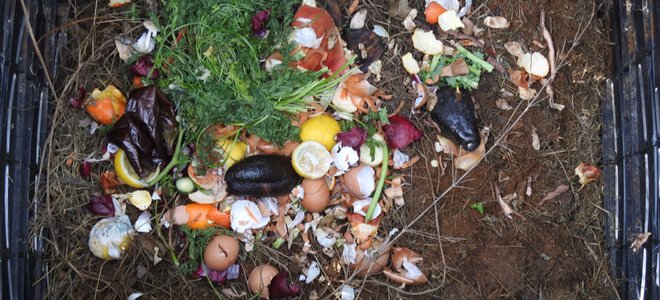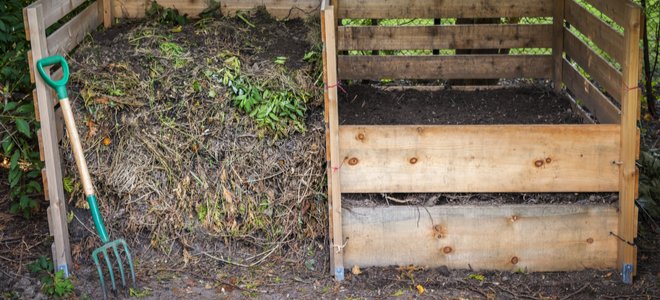
A compost bin gives you an easy way to get rid of waste while creating a rich source of nutrient-rich material for your flowerbeds, landscaping, and garden areas. Organize a fast-acting, effective compost bin to have a continuous source of rich plant food and an eco-friendly way to dispose of yard and kitchen waste.
Choose the Location
The placement of your composting bin is critical. You want this to be in an area where it will receive moderate sunlight and water. Too much direct sunlight may dry out the bin too quickly, so keep this in mind when choosing the right spot.
What to Put in a Compost Bin
You can’t simply throw all your trash into the compost bin. Only certain items can be and should be placed in the bin to produce rich, dark compost that will be extremely nutrient-rich and full of minerals. It helps to think of composting materials as green or brown. Green materials that go into the bin include vegetable and fruit scraps, shells from eggs and nuts, coffee grounds, tea bags, stale bread, old beer, and grass clippings. You can also put manure in the bin if you have animals like cows, chickens, rabbits, or sheep.Brown materials include paper products, such as cardboard and shredded paper, dead leaves, pine cones, hay, and wine corks. You actually shouldn’t put bones and meats into the compost bin. Most bins don’t reach the high internal temperatures needed to kill the bacteria naturally present in these items. You also shouldn’t put cooking oils, dairy products, pet waste, treated wood, or diseased plant trimmings in the bin. Yard clippings that have pesticides or herbicides on them should also be left out of the bin.

Creating Compost
Once you have your compost bin in place, put a layer of gravel at the bottom of the bin. It would help if you layered it to create rich compost. Start with about six inches of brown material, then add two to three layers of green material to the bin. Water! The compost should be moist and damp but not soggy or waterlogged. Build at least four layers and then turn the compost with a shovel. Compost takes quite a while to form, anywhere from a few months to a year. It depends on what went into your compost and how long it takes for this material to break down into a rich source of plant food. Size matters. You don’t want your bin to be too small, as it won’t generate enough heat this way. On the other hand, a bin that is too big will prevent needed airflow. Ideally, your bin will be around three feet by three feet by three feet.

Troubleshooting
Making compost is actually more difficult than it may seem at first blush. You need the right combination of materials, water, and air to turn a bunch of scraps into rich plant food. Look for warning signs that your compost needs a little more care and attention.If there is an unpleasant odor, you probably have too much food waste in there. Excess food waste and excess moisture can prevent the microorganisms and worms from breaking down all the stuff in the bin. Stop adding food waste for a few days and gently turn the compost to aerate it to encourage the composting process.If you’re seeing fruit flies constantly around your compost, you don’t have to live with it. These pests are a nuisance that you don’t need or want. Cover your compost bin to keep them away. You can also place a small dish of vinegar very near the bin to act as a natural pesticide against fruit flies.
Source link : https://www.doityourself.com/stry/how-to-organize-a-fast-acting-backyard-compost-bin












